Introduction: Church and the City
Tabaco Church, officially known as St. John the Baptist Church or San Juan Bautista Church, is a historical and cultural landmark in Albay, Philippines that has been standing for over four centuries. It was built in 1616 by Fr. Pedro de Alcareso and has become known for its impressive architecture, fascinating history, and rich cultural significance make it a must-visit destination for history and culture enthusiasts. One of the differentiating feature of the church are the stones which have distinct marks of the Masons, who helped built this Spanish-Mexican-inspired structure.
Tabaco City, the city where the church is built, derived its name from tabak or bolo, one of the products which the city is known for (initially I thought it came from tobacco). Some of the local producers of bolo would sell their craft between P250 to P350 a piece for the regular size (these are 2016 prices so it’s probably way more expensive now). According to a local folklore, when the Spanish arrived in Tabaco, they asked for the name of the place from a father who thought the Spanish wanted to take his daughter. He screamed “Tabak ko” which means “My bolo” in an attempt to defend her daughter. I don’t know how the story went on from there but the place ended up to be called the Tabaco because of this incident.
History of Tabaco Church
Tabaco Church was built by the Franciscan friars in the late 1600s as a part of their mission to spread Christianity in the Philippines. The church’s construction took several decades, with the final bell tower completed in 1845. Over the centuries, the church has survived numerous earthquakes and natural disasters, including the 1814 eruption of Mayon Volcano, which buried nearby towns in ash and debris.
During the Philippine Revolution against Spain in 1898, Tabaco Church played a significant role in the Battle of Tabaco, which was fought between the Filipino revolutionaries and Spanish forces. The revolutionaries used the church as a stronghold and a place to store weapons and ammunition. The Spanish troops bombarded the church, damaging its roof and interior. After the revolution, the church underwent significant repairs and renovations to restore it to its former glory.
In the 20th century, Tabaco Church continued to play a significant role in the lives of the people of Albay. During World War II, the church was used as a hospital and a shelter for refugees. In the 1970s, the church underwent another round of restoration work to address structural issues and to reinforce its foundation.
Architecture of Tabaco Church
Tabaco Church is a one-of-a-kind building, combining Baroque and Gothic elements with some hints of Renaissance and Oriental design. Its exquisite façade boasts carvings and sculptures of St. John the Baptist as its patron saint. The bell tower stands at 54 meters tall and offers stunning views of the townscape and distant mountains.
Within the walls, visitors can marvel at the breathtaking frescoed ceiling dedicated to the life of St. John the Baptist and the grand altar boasting delicate wood carvings and gilded decorations. Adding to its splendor are the stained glass windows and murals painted by Italian artist Cesare Alberoni in the 1930s.
Tabaco Church’s unique architecture speaks to the different cultural influences that have shaped its design over time. This is particularly visible in the façade which skillfully combines Baroque and Gothic styles. One can also notice Eastern influence in the bell tower, forming a distinct pagoda shape.
Significance of Tabaco Church
Tabaco Church is not just a religious site but also an important cultural and social landmark. It has been the venue for many important events, such as weddings, baptisms, and town fiestas. Every June 24, the feast day of St. John the Baptist, the church is the center of festivities that include a grand procession, street dancing, and a bazaar.
The church is also a symbol of the Bicolanos’ deep faith and devotion, as well as their resilience in the face of natural disasters. The locals believe that the church is a protector of the town, and they attribute their survival to its miraculous powers. During times of crisis, such as earthquakes or volcanic eruptions, the people of Tabaco turn to the church for solace and strength.
Tabaco Church is also significant for its role in the preservation of the local history and culture. The church’s architecture and artifacts provide valuable insights into the region’s religious and cultural heritage. The church’s library houses several rare and valuable documents, including a 17th-century manuscript of the Bicol Epic “Ibalong,” which tells the story of Bicol’s legendary heroes.
Our Visit to Tabaco Church
We went to Tabaco City on a Sunday morning and the church was packed with churchgoers. Some of them were already standing near the door so I was no longer able to take a decent photo of the interior. All churches would have their unique styles but this one was particularly different because of the Mason marks and the stained glass windows. The stained glass windows seem to be a new addition to the church’s facade as it did not exist in the 1966 photo below.
Right in front of the church is a small plaza/park which they call Cristo Rei Park (or Christ the King Park). A statue of Christ the King stands in the middle of the park featuring Christ at the top and some 6 angels surrounding the structure. The odd thing is it did not face the same direction as the church, which seems to be how it was originally built (see 1966 photo in the previous section). This outdoor altar was renovated in 2008 as it looked bigger now than it originally was.
After taking photos of the church and the park, we were already craving for lunch. We headed to IshiAya’s Garden Bistro which is a newly opened restaurant in Tabaco City, owned and managed by Aya Medel. The restaurant is a few blocks away from the church which I suggest you come visit. See my separate post about IshiAya’s Garden Bistro here: Ishiaya’s Garden Bistro: A Hidden Gem for Foodies Visiting Tabaco City
Mass Schedule
As of January 21, 2024, the mass schedule for St. John the Baptist Parish in Tabaco City, Albay, includes the following times:
Please note that these schedules may change so it’s always best to check the latest information provided by the parish itself before attending the mass.
How to Get to Tabaco Church
From Legazpi City, you can ride the jeepney, bus or van heading towards Tabaco City. The ride usually takes more than an hour. Ask the driver to drop you off in the city proper. From there, you can walk going to the church. Don’t be afraid to ask for directions. People in Tabaco City are generally very nice and friendly and would gladly show you the way.
From Manila, Legazpi City can be accessed by land or air. See list of bus liners and airlines going to Legazpi City here.
Where to Stay in Tabaco City
If you would like to spend the night near Tabaco City, the nearest would be Legazpi City. You can visit my list of cheap accommodations in Legazpi City or search for hotels in the search box below.



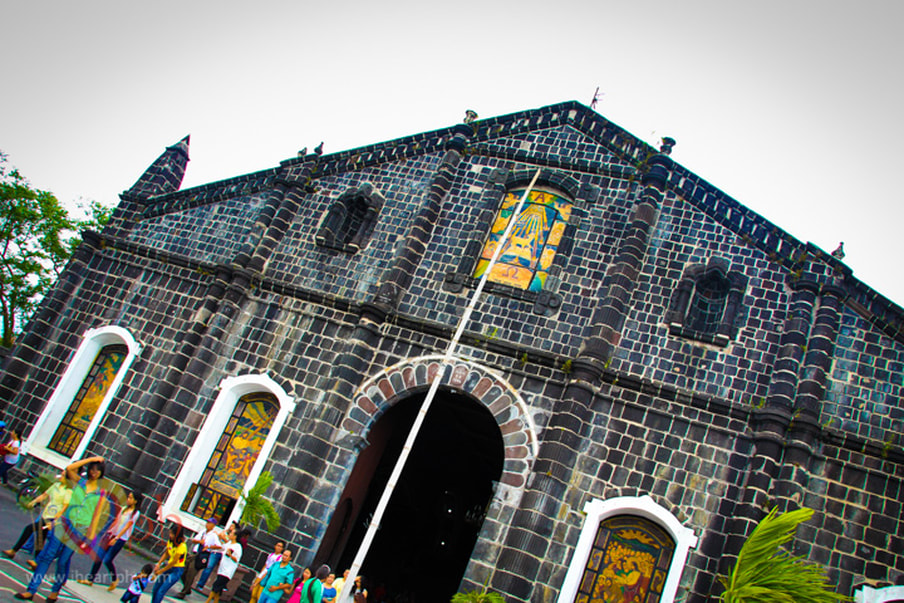


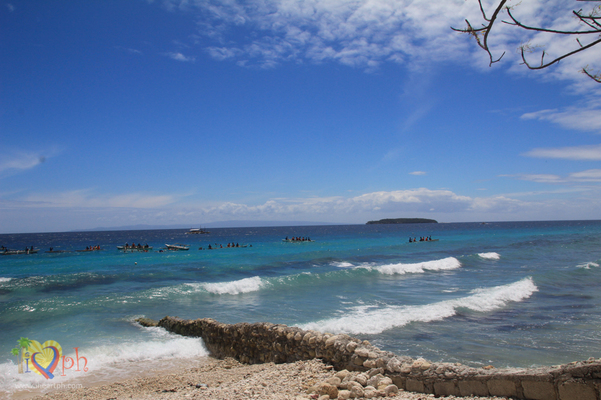
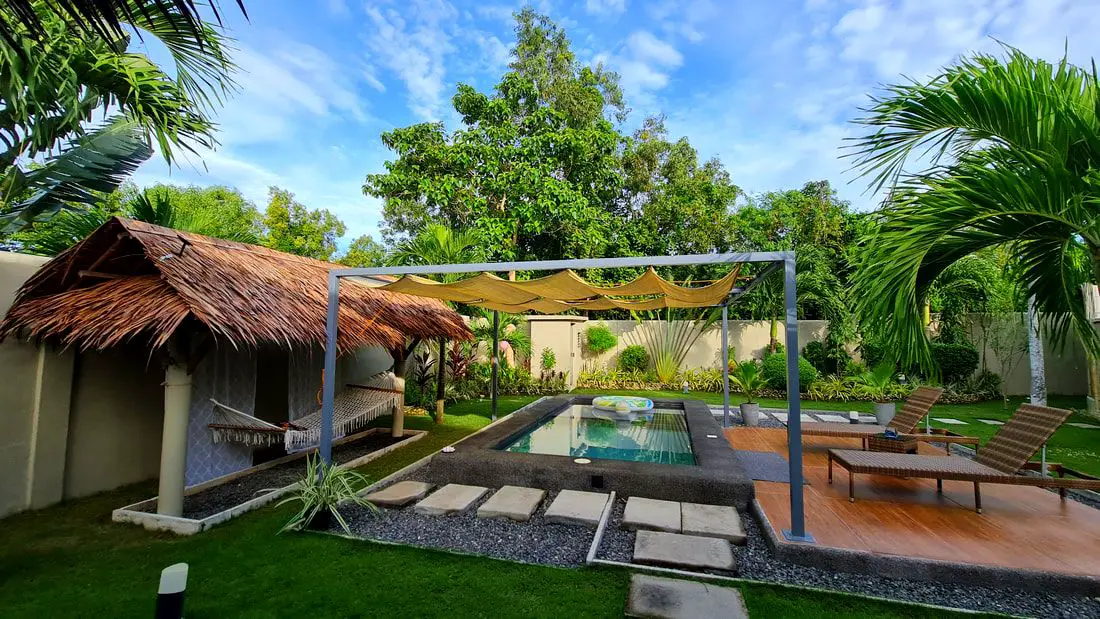
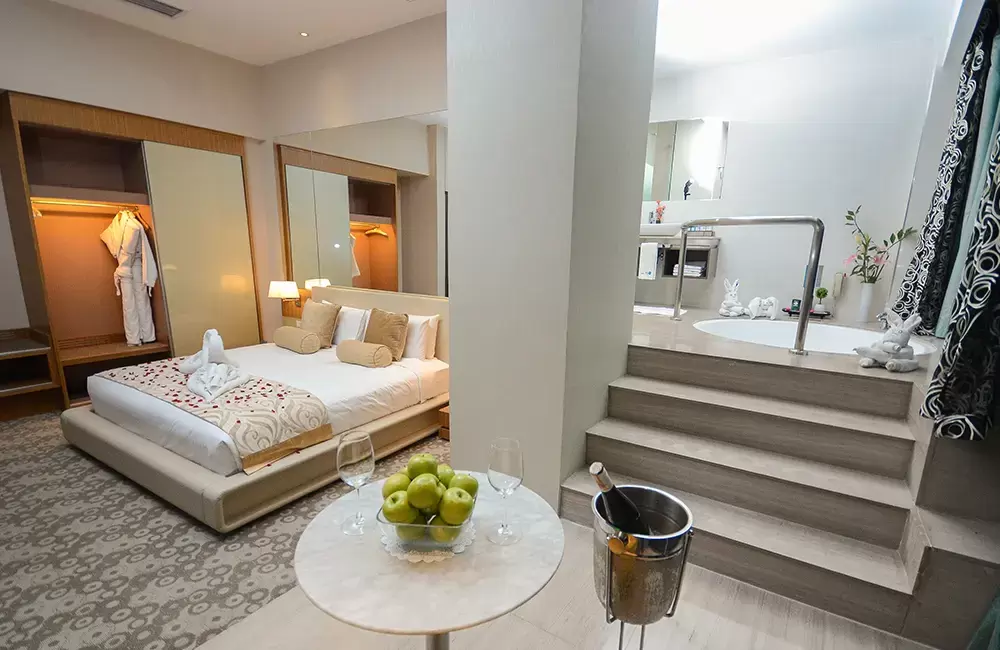
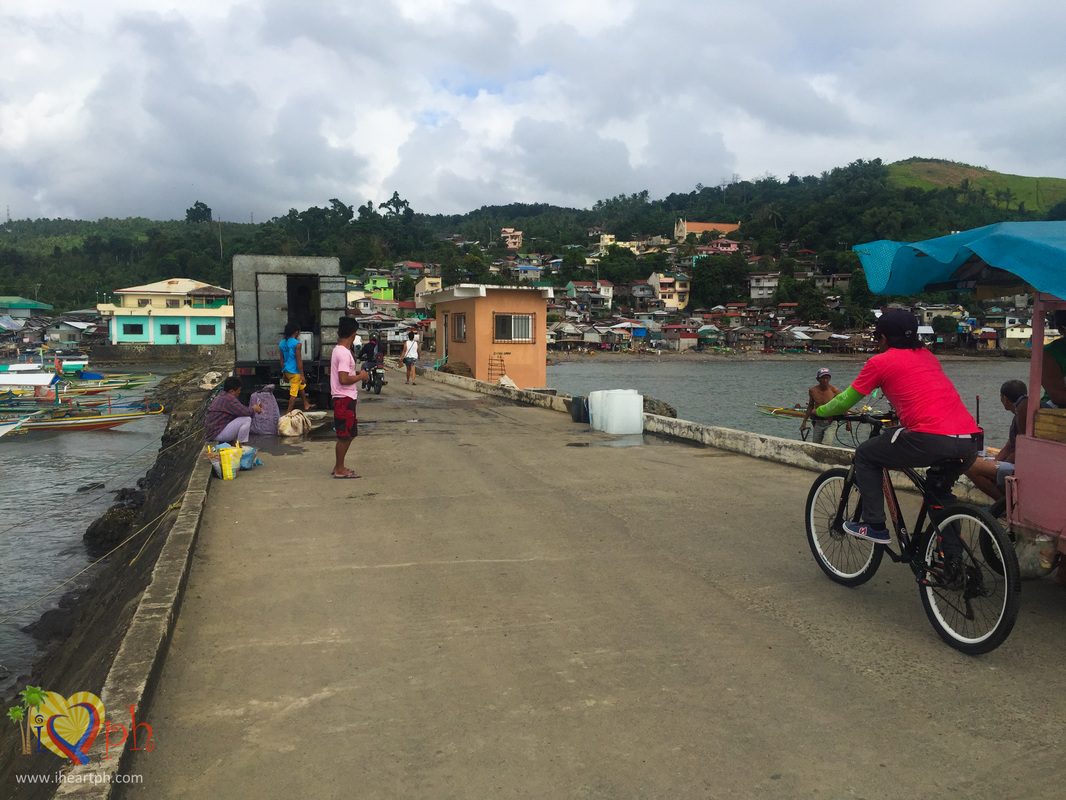
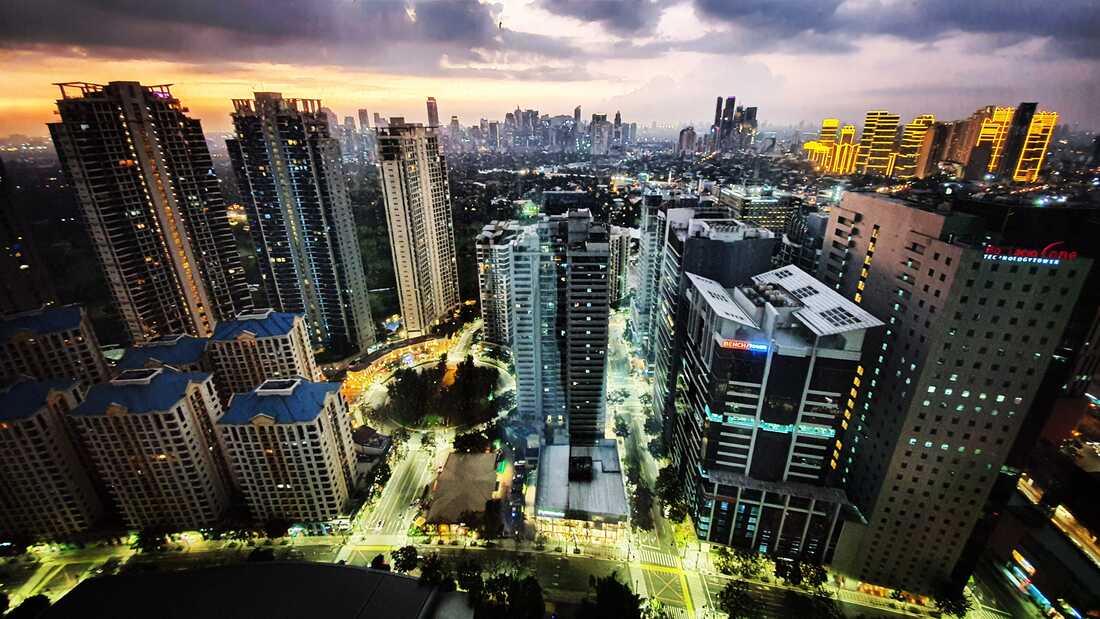

Leave a Reply